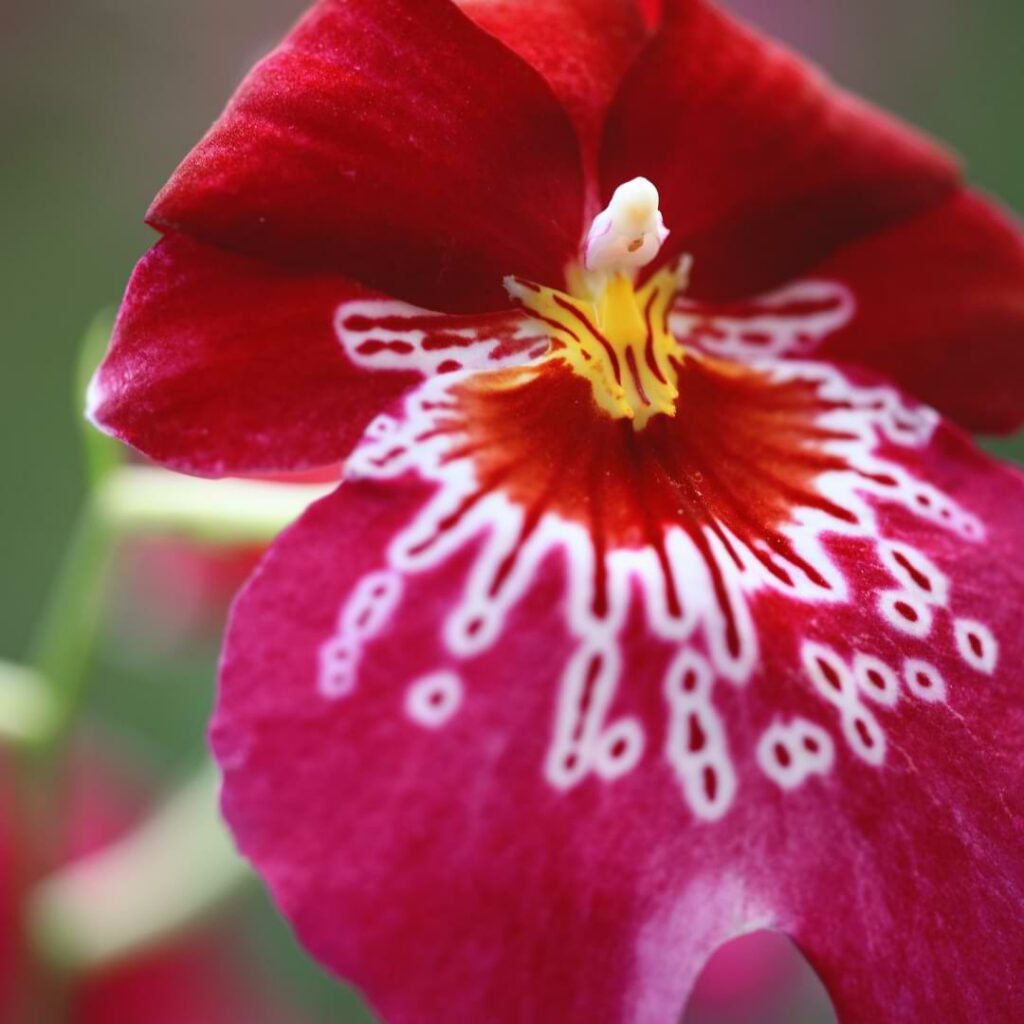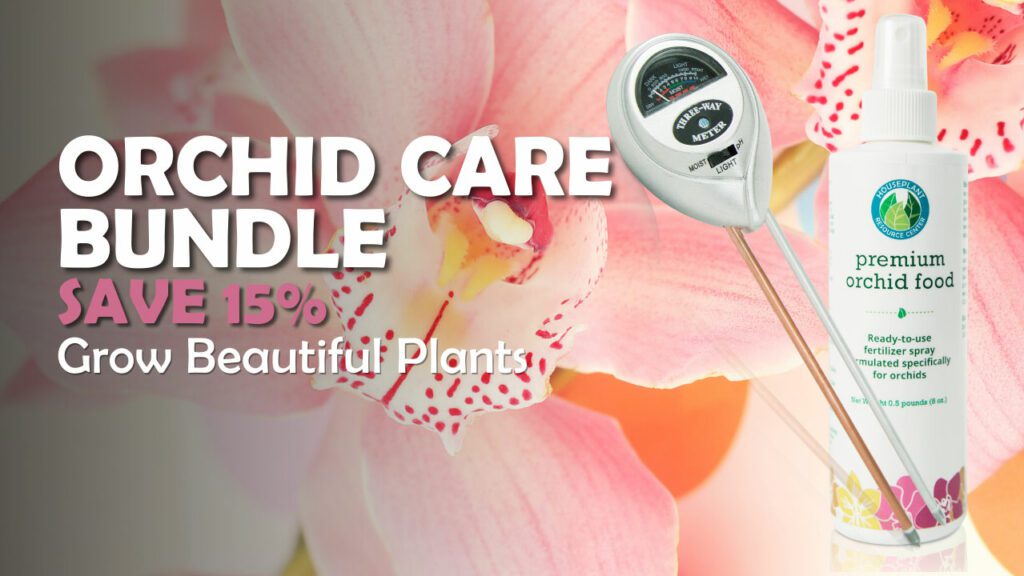Miltonia orchids, otherwise known as pansy orchids, are one of the most popular orchid species due to their beauty and relative ease of care. With its unique shape and beautiful blooms, it’s no wonder why these plants have become so popular among those who love to garden.
Like any plant, proper care is required in order for it to thrive. Keep reading to learn everything from orchid watering and fertilizing requirements to repotting advice and more.
Growing Miltonia Orchids
Miltonia orchids are one of the easiest orchids to grow, making them a great choice for beginner growers. With proper care, they will bloom abundantly and often.
To ensure you are giving your orchid the proper care, you’ll want to know what variety it is. There are two types of Miltonia Orchids, the warm growing variety and the cool growing variety. The cool growing Miltonias come from South America, and the warm growers come from Central and South America. While their care doesn’t differ too much, there are some differences that could help each variety thrive in your home.
Cool Growing Varieties
Cool growing miltonia orchids is the miltoniopsis orchid, commonly called the pansy orchid, and it needs to be grown in an intermediate to cool environment with temperatures ranging from 50-70 degrees Fahrenheit. Cool varieties like higher humidity, and you can achieve higher humidity in your home by using a humidifier or a humidity tray.
Warm Growing Varieties
Warm growing Miltonia is just slightly different from the miltoniopsis orchid, or pansy orchid. The warm growers prefer a little bit warmer environment with temperatures ranging from 65-85 degrees Fahrenheit. Warm varieties like high humidity also, so make sure to keep the humidity up around 50-60%.
Whatever variety you get, just follow the Miltonia Orchid care guide below and it should be very happy giving you beautiful blooms every year.
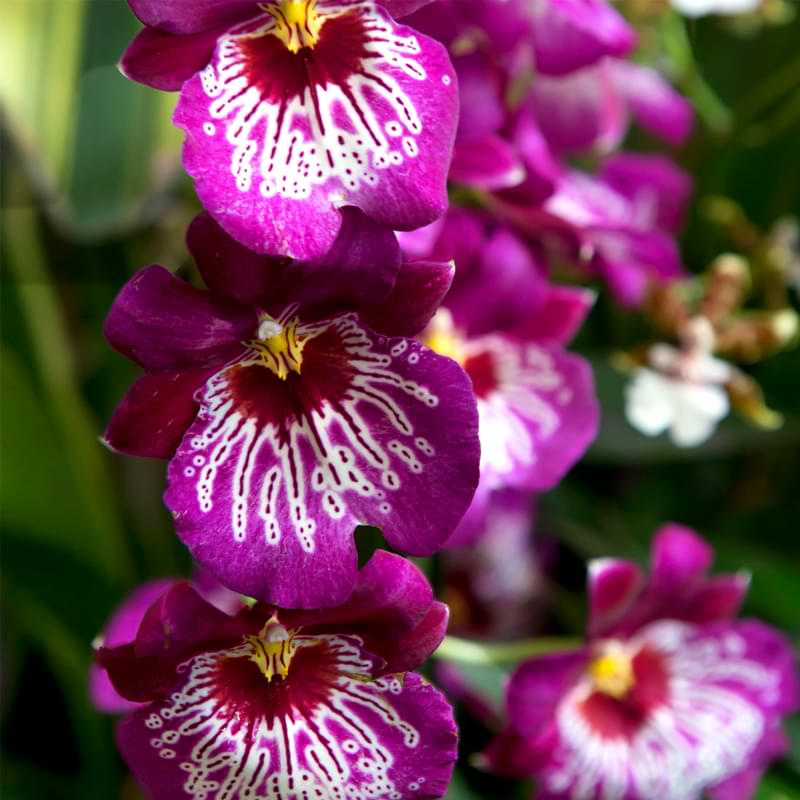
Miltonia Orchid Care Guide
Miltonia Orchids are not much more difficult to care for than any other variety of orchid, but all orchids tend to be a bit temperamental. By following the tips in this guide, your orchid should be happy and thriving in your home.
Soil
There are two types of soil that work well for Miltonia orchids: bark and moss.
Bark is the most popular type of soil for orchids because it allows the roots to breath and also provides good drainage. Moss is also a good option because it helps to hold moisture in the pot.
When potting your orchid, be sure to use a pot that has drainage holes in the bottom. Miltonia orchids do not like to sit in water, so good drainage is essential.
If you prefer a soil mixture, you can either buy a pre-made potting mix or make your own by mixing equal parts of sphagnum moss, perlite, and charcoal. Whatever soil you decide to use, soak it in water until it’s saturated and then wring it out before potting your orchid.
Light
Your Miltonia Orchid should be kept in an area with bright, indirect sunlight. If possible, try to give them 3-4 hours of sun each day. They can tolerate some direct sun exposure, but too much will cause their leaves to scorch. The key to keeping your Miltonia Orchid healthy is to provide it with bright, indirect light.
Temperature and Humidity
To maintain optimal growing conditions for your Miltonia orchid, it is important to keep an eye on the temperature and humidity levels in your home or greenhouse. Keep the temperature between 55 and 75 degrees Fahrenheit and your orchid will be happy.
Orchids like humid conditions, so keep the humidity around your orchid between 50-60%. A humidity meter will help to ensure the environment around your orchid is perfect for optimal growth and flowering, and a humidifier can be used to raise the ambient humidity if needed. And be sure to ventilate your space well to avoid stuffiness.
Watering
As a general rule, you should aim to water your orchid every 7-10 days. Allow the potting mix to dry out slightly between watering, but don’t let it get completely dry. This will help ensure that your orchids don’t get too much water, which can lead to root rot.
If you’re not sure whether your orchid needs water, stick your finger in the potting mix up to the first knuckle. If it feels dry, it’s time to water. You can also use a moisture meter to take the guesswork out of whether it’s time to water or not.
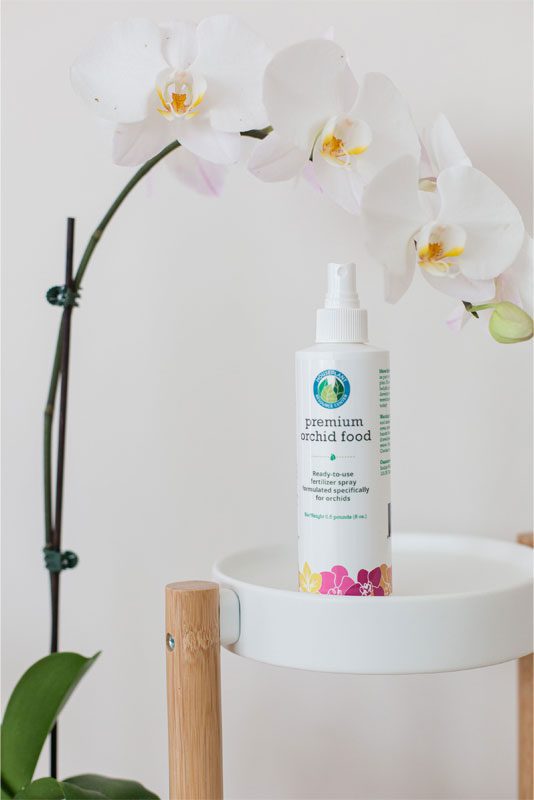
Fertilizing
Your Miltonia orchid will need to be fertilized regularly in order to maintain its health and vigor. You can use a standard fertilizer for houseplants, but it is highly suggested to use a special Orchid fertilizer. Fertilize according to the directions on the fertilizer package.
If you choose to use a standard fertilizer, make sure it is balanced and apply it about once a month during the growing season (spring through fall). Avoid fertilizing during the winter months when growth is typically slower.
Flowers
The pansy orchid produces flowers that look similar to a pansy, hence the common name for this beautiful orchid, and are typically white, pink, or even red. The actual miltonia variety produces larger, showy flowers that come in a variety of colors including white, pink, purple, and red.
To encourage blooming, keep your Miltonia Orchid in a cool room with temperatures between 60-70 degrees Fahrenheit at night and 75-85 degrees Fahrenheit during the day, and follow the suggested watering and fertilizing schedule.
Care After Flowering
After the flower has bloomed and faded, it is important to take care of the plant so that it can continue to thrive for the years to come. You will typically only get one bloom per year, but if the plant is really well taken care of, it may give you a second bloom in one year.
Here are some tips for care after flowering:
- Cut off the spent flower stem at the base of the plant.
- Do not remove any leaves, as they are necessary for photosynthesis.
- Remove any dead or dying blooms from the plant.
- Continue watering regularly and monitoring soil moisture levels.
- Fertilize slightly less frequently with a balanced orchid-specific fertilizer.
Potting And Repotting Miltonia Orchids
When you first bring your orchid home, it may be in a basic plastic nursery pot. If so, you’ll want to find a sturdy pot as its first home, and pot it soon after bringing it home with the right soil.
Miltonia orchids bloom best when they are slightly pot-bound, so don’t be too quick to repot them every year. When it is time to repot, do so in the spring before new growth begins.
To repot your miltonia orchid, choose a pot that is only slightly larger than the root ball of the plant. Miltonias have relatively fragile roots, so be careful not to damage them when repotting. Gently tip the plant to the side and let the root ball come out mostly on its own, with as little help from you as possible. Once it’s free, gently inspect the roots for any form of rot. If you see any roots that are rotted, you’ll need to prune them off with sanitized pruning shears.
Pruning
Pruning is an important part of orchid care, as it helps to encourage new growth and keep the plant healthy. Miltonia orchids can be pruned after they bloom, and should have about 1/3 of their leaves removed.
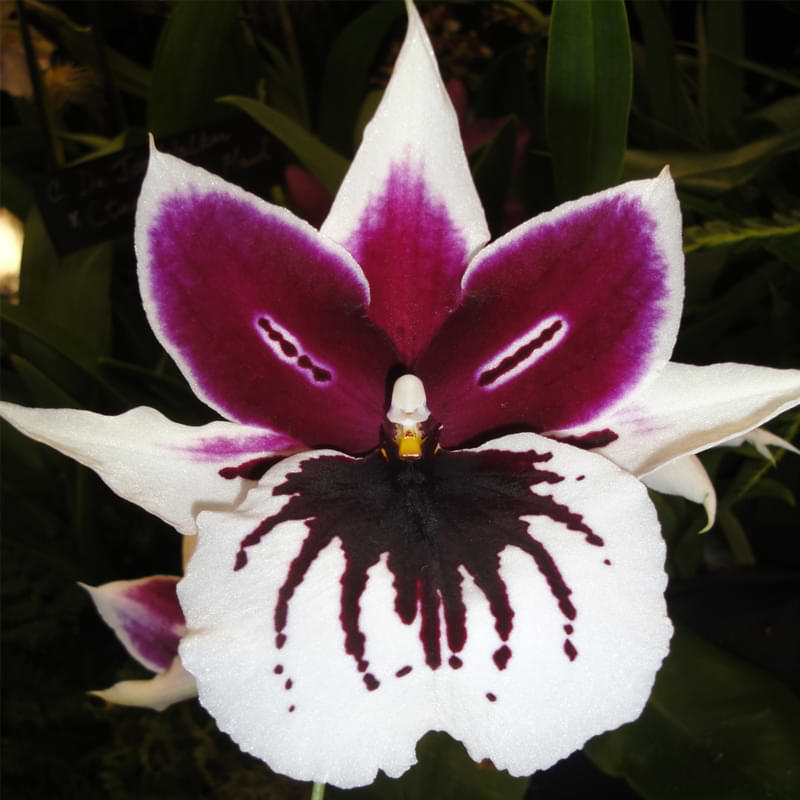
Miltonia Orchid Common Problems
Miltonia orchids are notorious for being finicky. They often suffer from a variety of problems, including poor drainage, insufficient light, and too much or too little water.
One of the most common problems with Miltonia orchids is poor drainage. If the roots of your plant are constantly wet, they will rot and the plant will eventually die. To avoid this, make sure to plant your Miltonia in a pot with good drainage holes and use a well-draining potting mix.
If your Miltonia is not getting enough light, it will become etiolated, which means the leaves will become long and thin. This is a sure sign that your plant is not getting enough light. Miltonias need bright indirect sunlight to thrive. If you can provide this for your plant, it will reward you with beautiful blooms. If your orchid is having a hard time getting enough light, consider using a grow light close enough to provide some extra light.
Too much or too little water can also be problematic for Miltonias. If you water your plant too frequently, the roots will rot. On the other hand, if you don’t water it enough, the leaves will start to yellow and drop off. The key is to find a happy medium – water your Miltonia when the top inch of soil is dry, or when your moisture meter indicates low moisture in the soil.
Final Thoughts Miltonia Orchid Care
Miltonia orchids make a great addition to any home or office, and they’re sure to brighten up any space. With their vibrant colors and stunning blooms, these flowers are sure to please. If you’re looking for a new addition to your indoor garden, the Miltonia orchid is an excellent choice.
Join Our Orchid Care Facebook Community
In our Facebook group of orchid lovers, we’re dedicated to creating a rich and engaging environment where plant lovers can come together and share tips, tricks, and experiences.
If you’re an orchid lover, come join our Facebook community! We can’t wait to celebrate your successes and help you troubleshoot your care routine.
For continued success, you can explore our other articles or visit our online shop for plant care products that are sure to keep your plants boasting rich green leaves and big, bountiful blooms year-round.

